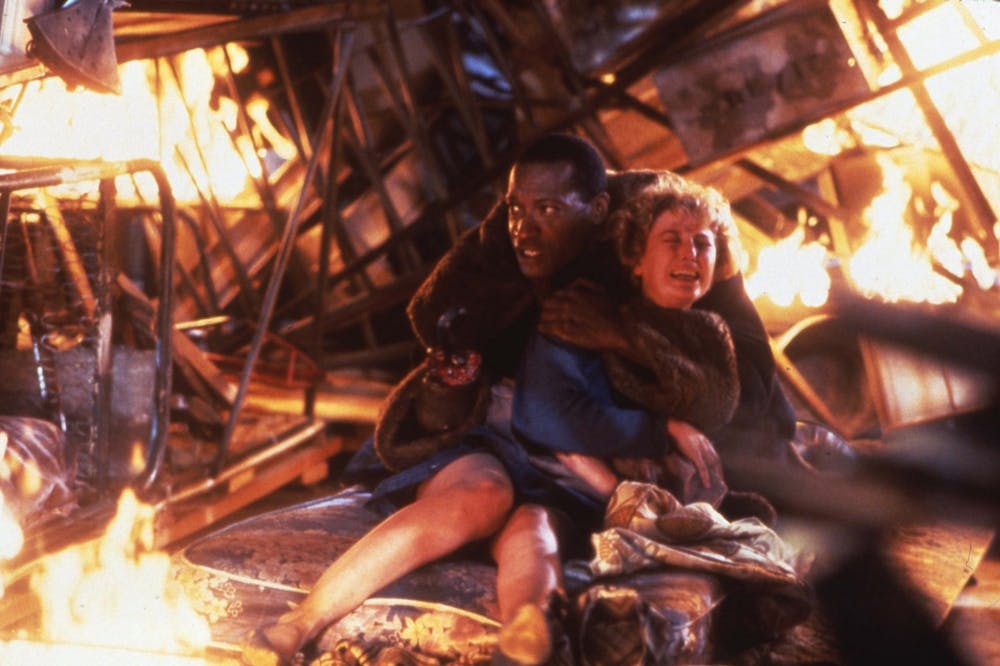The fourth film of the “Candyman” series was released Aug. 27. In its first weekend, the film made history because Nia DaCosta was the first Black female director to have a film debut at No. 1 at the U.S. box office.
While this film can be seen as another typical horror movie, the fictional story of Candyman gives way to a deeper understanding of how the traumas of slavery still persist today.
Even though the film fits within the horror genre, there are some historical elements that describe the harsh treatment Black people faced during periods of enslavement. This film connects horror, trauma and history in an amazing way.
Candyman, played by Tony Todd, was born as Daniel Robitaille to an enslaved father in the late-19 century. In adulthood, Robitaille became a photographer tasked with taking portraits of white people.
According to the film’s narrative, Robitaille fell in love with a rich white man’s daughter and was awed by the beauty he captured in her portraiture. The daughter then became pregnant and Robitaille was punished since interracial relations were forbidden during this time period.
Due to this love affair, Robitaille was beaten as well as having his hand dismembered and honey poured over his body to attract bees to attack him. After his death, Robitaille’s spirit lived on through Candyman.
According to the story’s lore, if a person says “candyman” five times in the mirror, he appears to kill them in a horrific way. However, Candyman never actually kills any Black people in the most recent film.
The motive behind Candyman’s killings seems clear, especially when one compares the circumstances of his death with the victims he seems to target. It appears Candyman kills white people in the film due to what happened to Robitaille and other Black people like himself in regards to enslavement and “white superiority.”
In the most recent film, Candyman lived in the neighborhood of Cabrini-Green in Chicago, which is where he fell in love and was consequently murdered. Over the years, the spirit of Candyman had evolved from multiple Black men who had been killed in this area. In the narrative, the spirit of Candyman chose Black men to relive through.
In the 2021 film, upcoming artist Anthony McCoy, played by Yahya Abdul-Mateen II, was Candyman’s targeted successor.
In the first film in 1992, Candyman abducts McCoy as an infant to take over his ranks once he becomes an adult. Without knowing of his abduction, now-grown McCoy moves into lavish apartments in the Cabrini-Green neighborhood with his girlfriend.
SPOILER ALERT: At the end of the most recent film, McCoy becomes the new Candyman after he was murdered by the police, which followed the long trend of Black men being murdered in the Cabrini-Green area.
McCoy could see and feel the pain of Candyman and the peril he endured as Daniel Robitaille.
While this depiction of Black trauma is fictional, there are stories similar to Robitaille’s that have been passed down through generations along with the pain and anguish experienced.
Maybe not as literal a feeling as those McCoy felt when he was transitioning into becoming the new Candyman, but the trauma faced during the enslavement period is still felt today.
One cannot turn a blind eye to the existence of the trauma in the Black community tracing back to slavery, especially in a time when Black people are still fighting to be seen and regarded as human beings.
Candyman’s story is not one to fear but one to understand and reconcile with.






